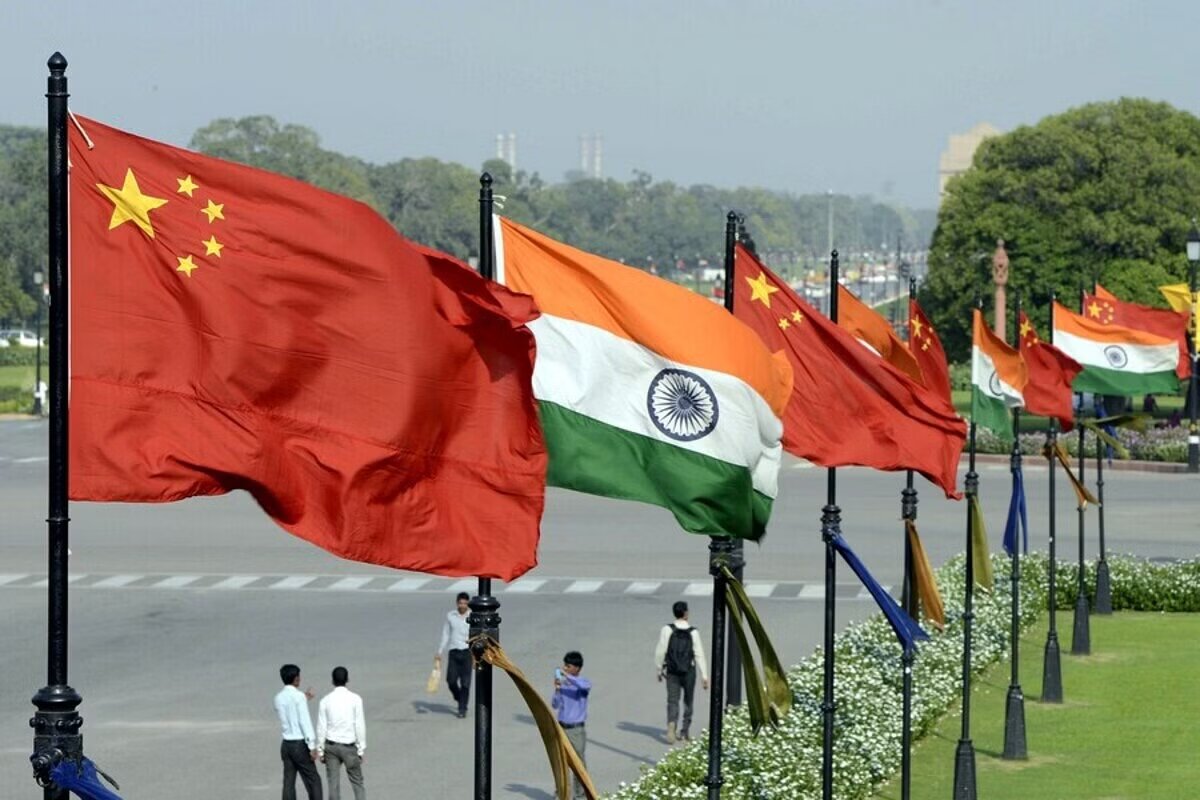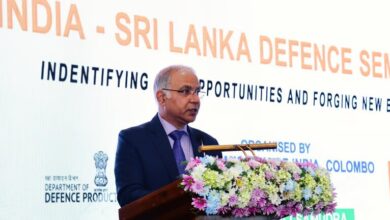Frozen India-China Ties: Entering The Fourth Year Of Diplomatic Drift

- According to data provided by China's customs from January to November 2023, China sent 124.26 billion USD worth of goods to India
- China's trade deficit with India has already reached a record high of USD 90.28 billion in 11 months and is likely to reach USD 100 billion.
Beijing refused to pull back the extra PLA troops that had been sent after the deadly border clash in eastern Ladakh in 2020. As a result, India and China’s relations stayed frozen in 2023, with no signs of improving despite many rounds of diplomatic and military talks.
Since May 2020, when the People’s Liberation Army (PLA) gathered troops in eastern Ladakh, the two militaries have not talked to each other. This is because of the deadly clash at the Galwan Valley in June 2020, which killed 20 Indian soldiers and at least four Chinese soldiers.
External Affairs Minister S. Jaishankar said that the Chinese broke all of the agreements between the two countries by bringing tens of thousands of forces to the border in Ladakh to get ready for battle.
There have been two high-profile informal meetings between Prime Minister Narendra Modi and Chinese President Xi Jinping, but relations between the two countries are still frozen. India has made it clear that peace and quiet at the border is necessary for the overall growth of bilateral relations.
Former Indian Ambassador to China Ashok Kantha talked about the current state of relations between China and India. He said, “There has been no significant de-escalation or de-induction of additional troops deployed by both sides since mid-2020, even during the winter months of four consecutive years.”
Kantha, who has been to China twice in the past few months and talked with many Chinese think tanks about India-China relations, said, “So, the situation in border areas in Eastern Ladakh remains seriously disturbed due to unilateral actions taken by China.”
Because the ties with China stayed frozen, Kantha, who is also an Honorary Fellow and the former Director of the Institute of Chinese Studies in New Delhi, said that India might need to show “strategic patience” in its attempts to break the stalemate.
Even though there were a lot of problems, the two countries held 20 rounds of talks at the Corps Commander level and finished disengaging from five areas through the Working Mechanism for Consultation and Coordination on India-China Border Affairs (WMCC).
“Through difficult negotiations, there has been disengagement of troops at five ‘friction points’, though only after the deadly clash in the Galwan Valley,” said Kantha.
“These understandings on disengagement have involved the creation of ‘buffer zones’ partly on our side of the Line of Actual Control (LAC) and denial of access to our troops to several patrolling points they were visiting earlier,” he explained.
But talks have stopped because of withdrawal in the Depsang and Demchok areas. The Chinese say these are old problems that happened a long time ago, before May 2020.
“As a result, the situation in border areas in Eastern Ladakh remains seriously disturbed due to unilateral actions taken by China,” said Kantha.
He said that the views of the two sides are fundamentally different.
Even though India says that things can’t go back to normal in its relations with China as long as the borders aren’t fixed, China keeps pushing India to separate the border problem from their relations and work for normalcy.
So, “the immediate prospects for resolving the current border impasse and restoring normalcy in relations between India and China are not looking good,” he said.
China, on the other hand, seems to be keeping a close eye on how Indian politics are changing before the general elections so that they can get more involved.
“We may perhaps consider a more intensive and strategic dialogue with China, which goes beyond discussions on the nitty-gritty of disengagement of troops between the border commanders,” said Kantha.
He said that India and China have a complicated partnership that needs more diplomatic and political work.
“Even the Chinese scholars recognise the need for a reset in ties but the key issue is the terms of a new modus vivendi (arrangement or agreement allowing conflicting parties to peacefully coexist peacefully with or without final settlement of the issue) between the two countries, as the old equilibrium has clearly broken down,” said Kantha.
He pushed for “strategic patience” when dealing with China.
It’s not possible for us to choose quick fixes that will hurt our situation on the ground. We need to protect how we see the real line of control while also putting money into border facilities and stronger deterrence. “We need to be strategic about our patience while we quietly work to make things more stable with China,” he said.
Kantha said that since China is India’s biggest neighbor, there is no other way to deal with it than in a broad way.
“However, any such engagement has to be tempered with a heavy dose of realism, deterrence and balancing of China, recognising that it is our primary strategic challenge,” he stated.
Kantha talked about his meetings with Chinese scholars and said that most Chinese people now see India through the lens of its strategic rivalry with the US. They think that India has been taken over by the US-led Indo-Pacific strategy, which is meant to contain China and slow down its rise.
“They also don’t want to deal with our concerns about the border issue in a meaningful way.” “We don’t think China wants to deal with structural problems in the relationship, even ones that go beyond the border issue,” he said.
He also said that China has “tactical outreach to the US, EU, Japan, South Korea, Vietnam, and Australia to restore greater stability in those relationships.” However, there is no sign that China has done the same thing with India.
Kantha said that the fact that President Xi wasn’t at the G20 meeting in New Delhi and that the Chinese Ambassador vacancy in New Delhi has been going on for 14 months sends its own message. Also, China is becoming more private and less sure of itself since the coronavirus outbreak.
“One got the impression that we are today dealing with a more inward-looking China, which is assertive yet anxious, a country which is less sure of itself even though it continues to pursue its ambitions goals,” he stated.
But the problems in Ladakh haven’t hurt trade between the two countries; in fact, China’s trade with India has reached a new high of USD 124.26 billion in just 11 months this year.
According to data provided by China’s customs from January to November 2023, China sent 124.26 billion USD worth of goods to India and India sent 16.99 billion USD worth of goods to China.
Even though relations between the two countries are still tense, China’s trade deficit with India has already reached a record high of USD 90.28 billion in 11 months and is likely to reach USD 100 billion.







Facebook Comments